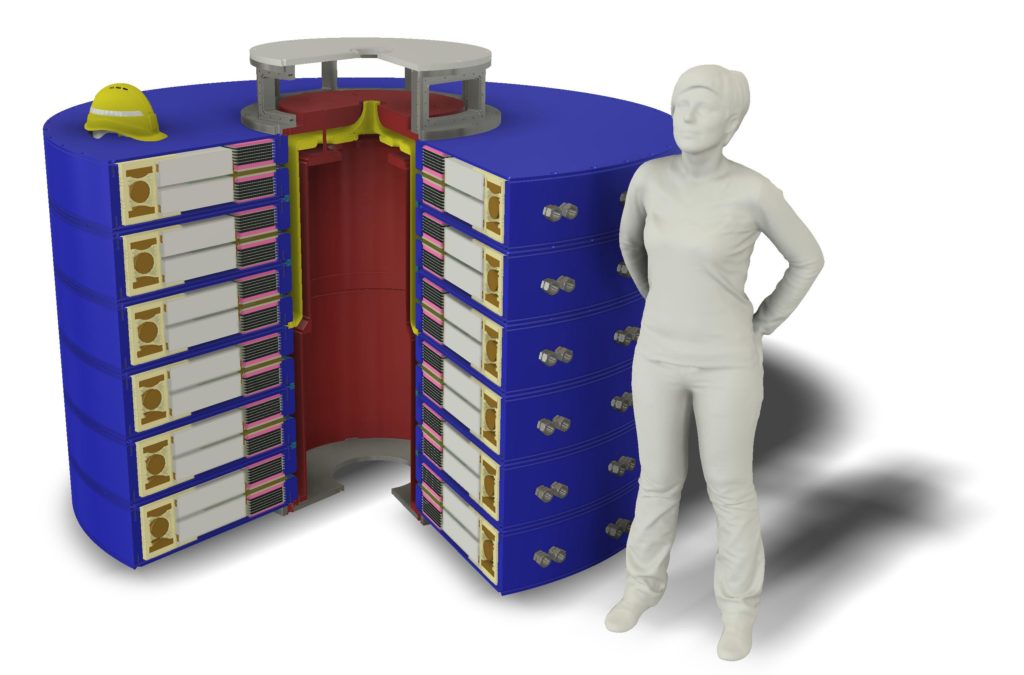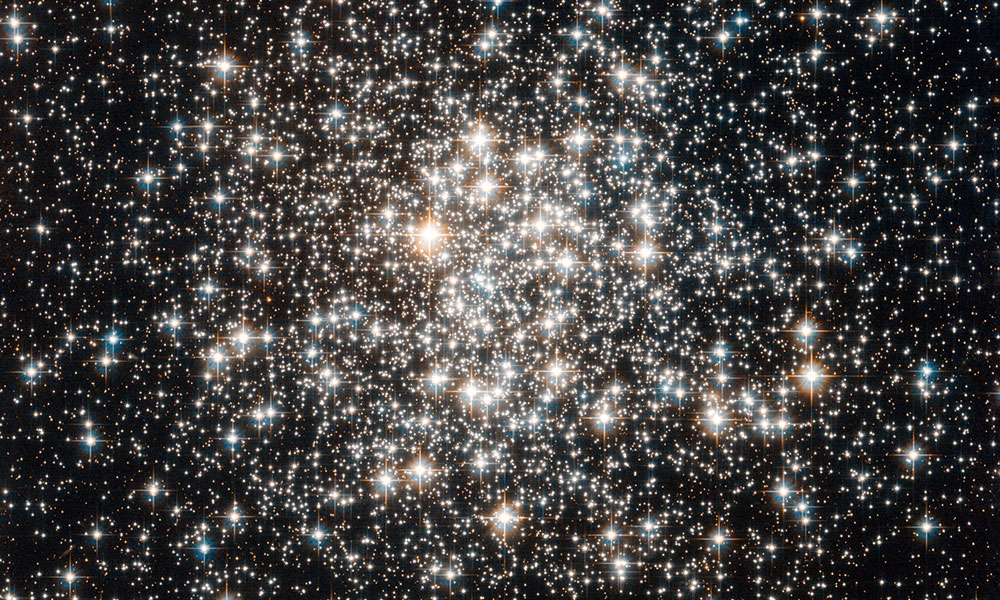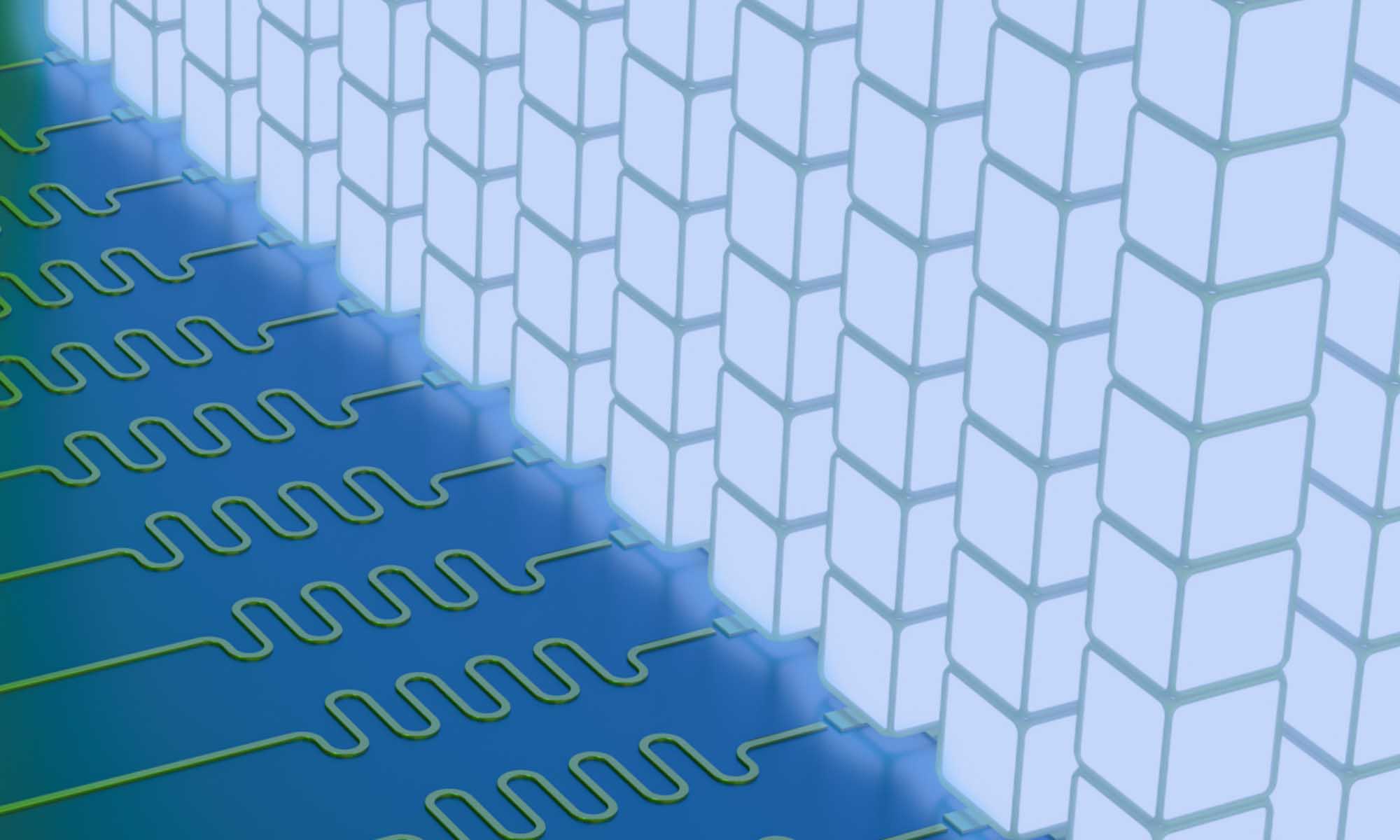The University of Rochester is leading a seven-institution collaboration that promises to significantly broaden human understanding of “extreme matter”—matter that exists under pressures far higher than either on or inside Earth. The collaboration that includes such institutions as Cornell, Michigan, Idaho State, Iowa, Princeton, and Stanford, will develop an instrument called a high amperage driver for extreme states, or HADES, which will allow scientists to produce and study extreme matter.
The project is fully supported by the National Science Foundation, which awarded the University a $1.1 million grant in August.
The University is the natural leader for this type of effort. The Laboratory for Laser Energetics is home to the world’s largest university-based laser, OMEGA. This laser, which was built to explore thermonuclear fusion, also allows scientists to explore key questions in astrophysics, including synthesizing revolutionary materials such as crystal structures stronger than diamonds and room-temperature superconductors. Together with OMEGA, HADES will allow scientists to study in greater depths how extreme matter evolves under wide-ranging space and time scales.
While extreme matter doesn’t exist naturally on or inside Earth, it’s quite common in the universe, especially in the deep interiors of planets and stars. Pierre Gourdain, an assistant professor of physics at Rochester and the principal investigator on the project, notes that HADES will lead to new knowledge about star formation and planetary collisions, the potential for life on other planets, and the properties of materials that make up deep-space objects.
“The frontiers of physical exploration have come down to understanding the infinitely small (quantum mechanics) and the infinitely large (astrophysics),” he says. “The next step in ground-breaking discoveries faces a big challenge: studying matter that does not exist naturally on Earth because it is too dense to be stable at atmospheric pressures or much too large to fit inside a laboratory.”

HADES is able to generate a power equivalent to hundreds of electrical power plants in a fraction of a second. Its efficient design also means that it requires relatively little energy to do so. The driver uses an electrical current to heat and compress small material samples that are about the size of a pencil lead. In less than a millionth of a second the material is compressed to pressures only found in the core of Jupiter or on the surface of neutron stars.
The project is an important component of the University’s high-energy-density physics research initiative.
“The University of Rochester is making strategic investments to build the world’s leading center for high-energy-density science,” says Robert McCrory, director of the LLE. “This NSF award is a key step toward achieving that vision.”
Rochester’s leadership on the HADES project will deliver invaluable rewards to its students and scientists, furthering the University’s goal of becoming a leader in high-energy-density science.
Says Vyacheslav Lukin, the program director for the plasma physics and accelerator science programs at NSF, the project “enable(s) potentially transformative studies of extreme states of matter in a university environment, where students will have first-hand experience in both constructing and operating a world-class facility for high-energy-density science.”





